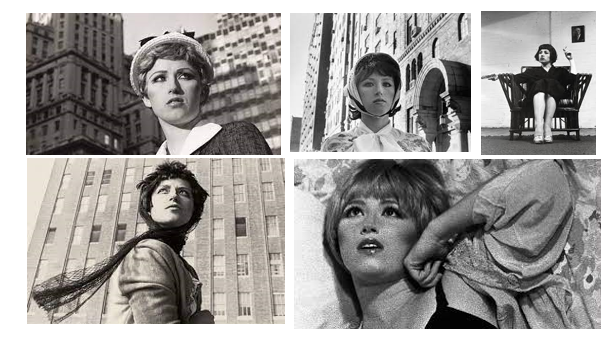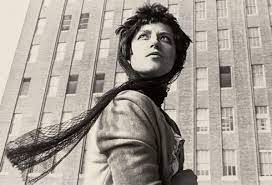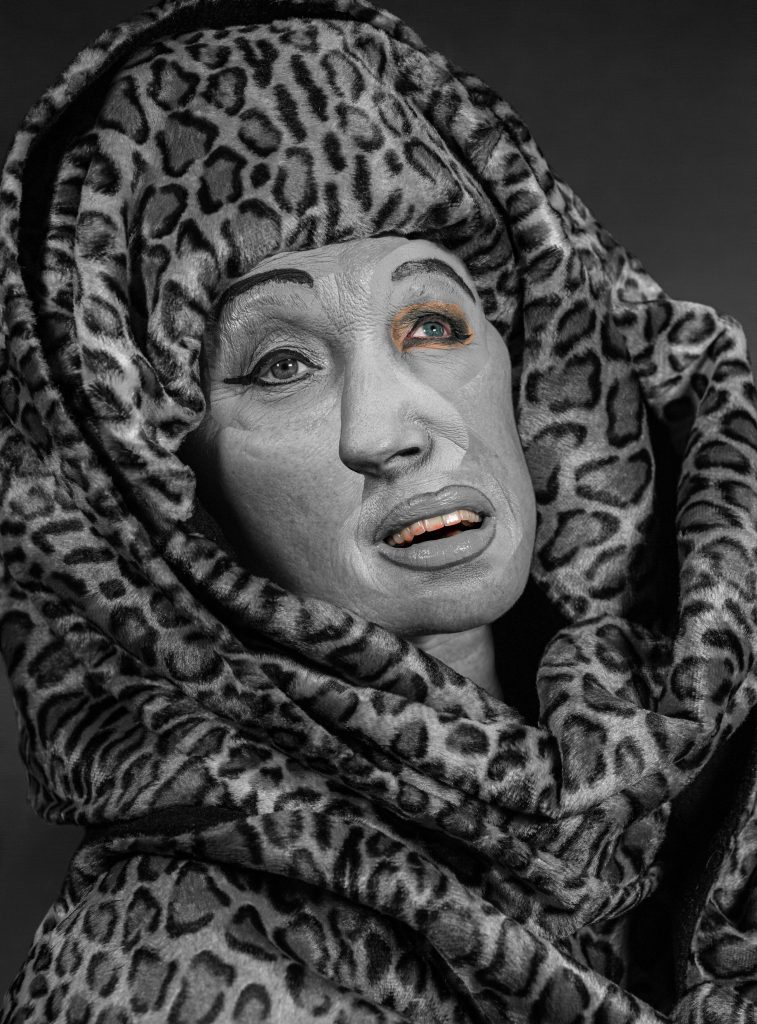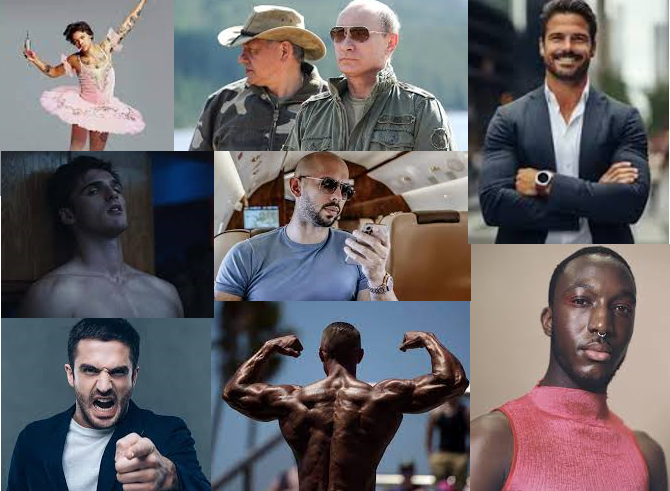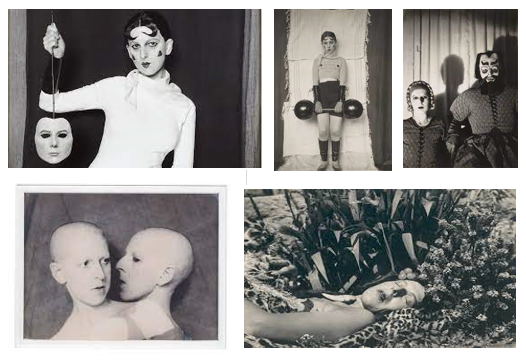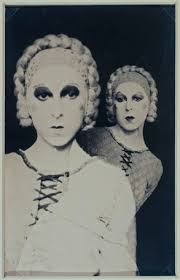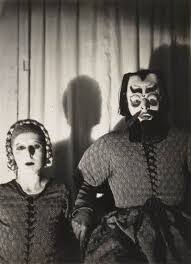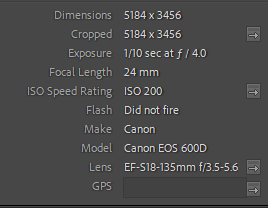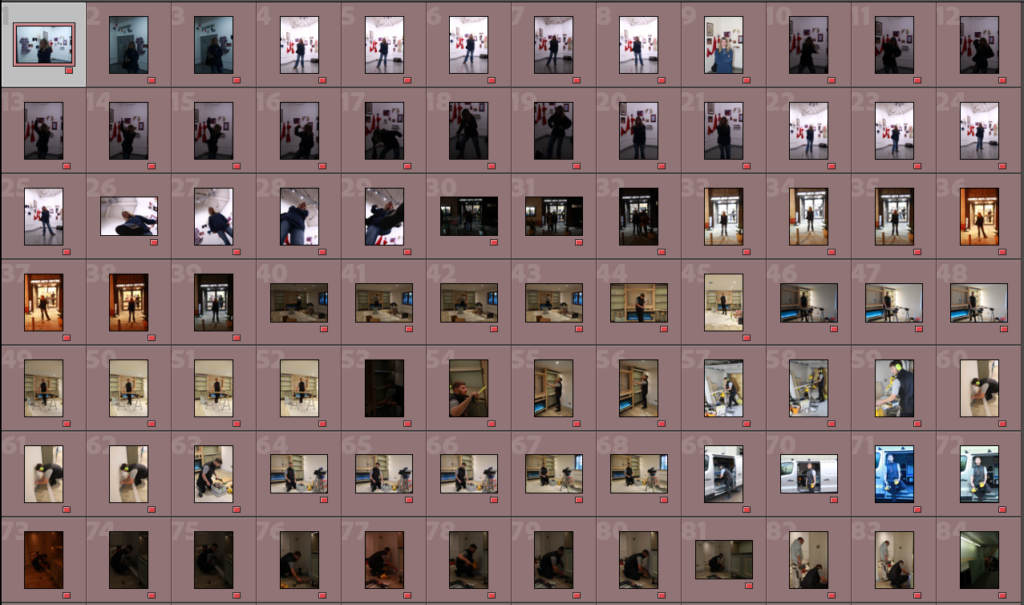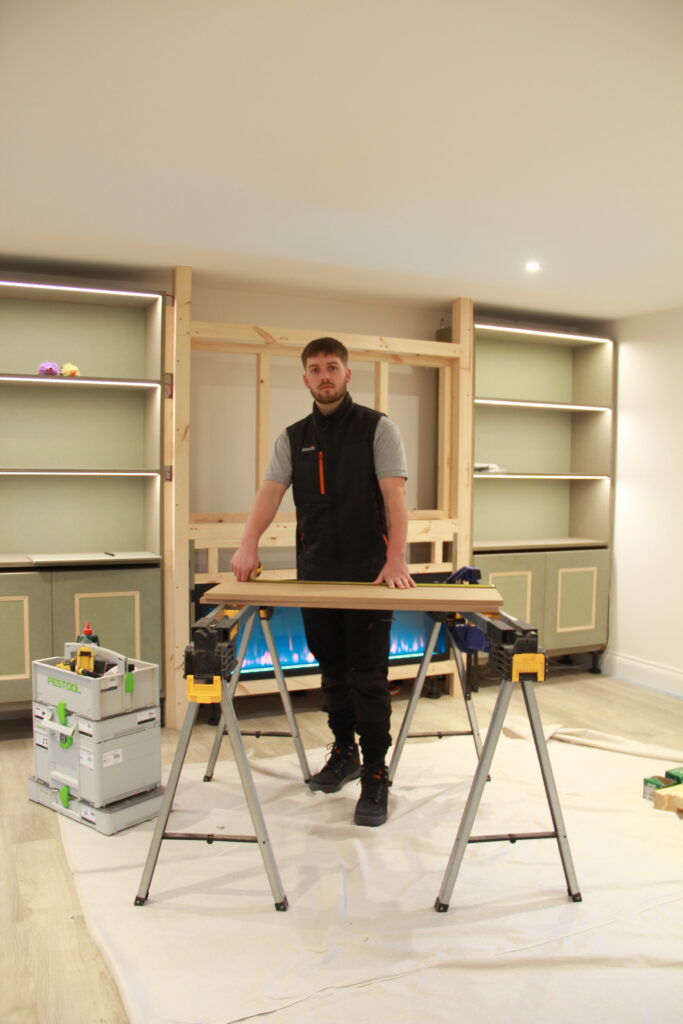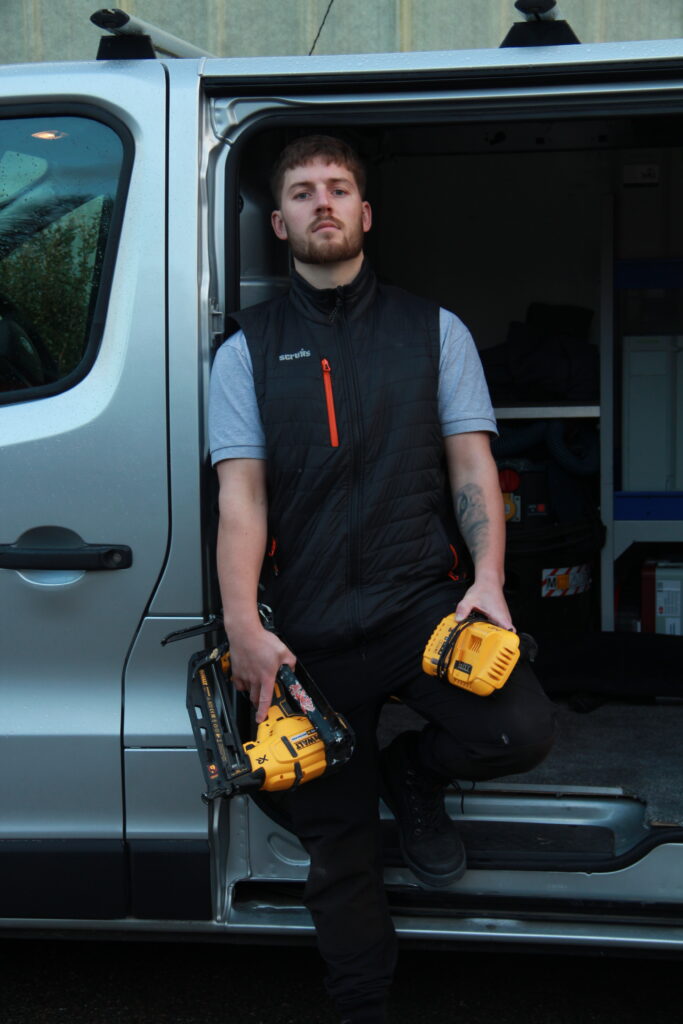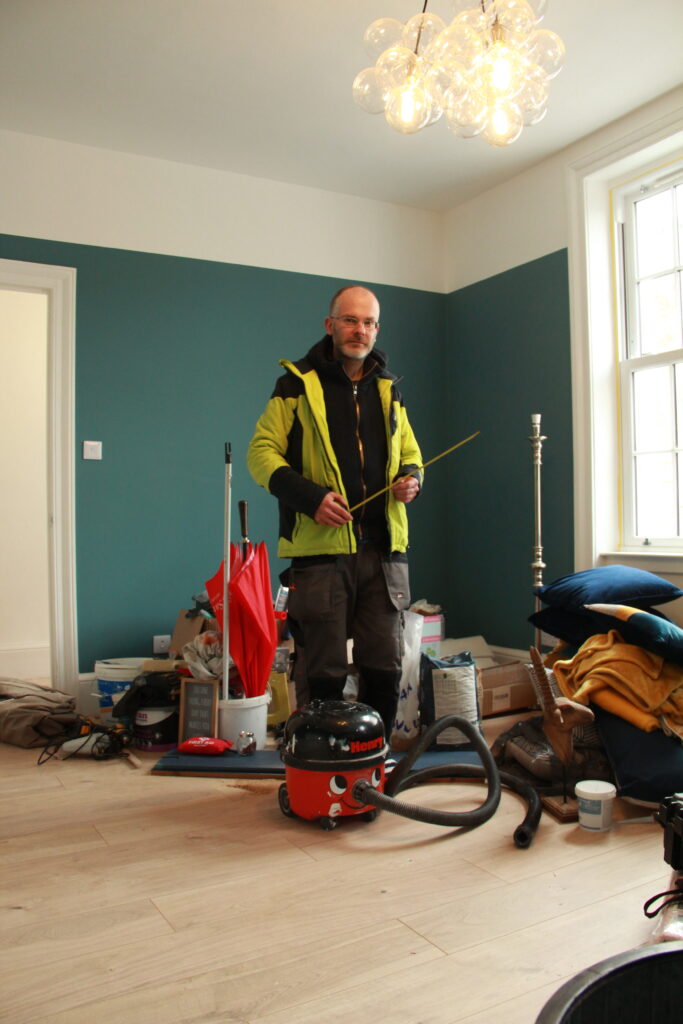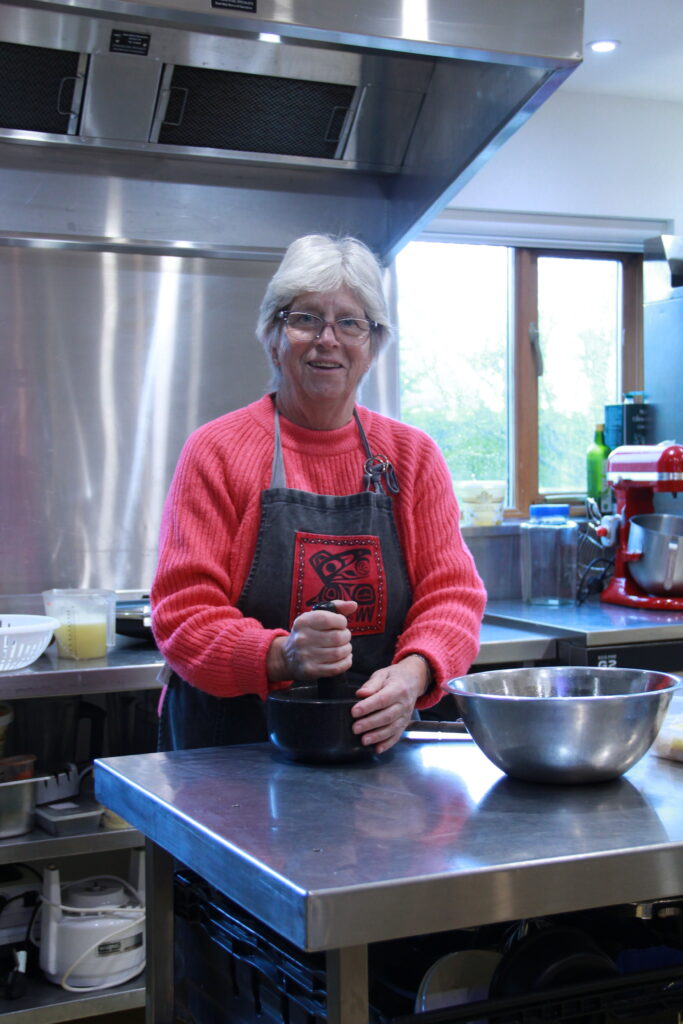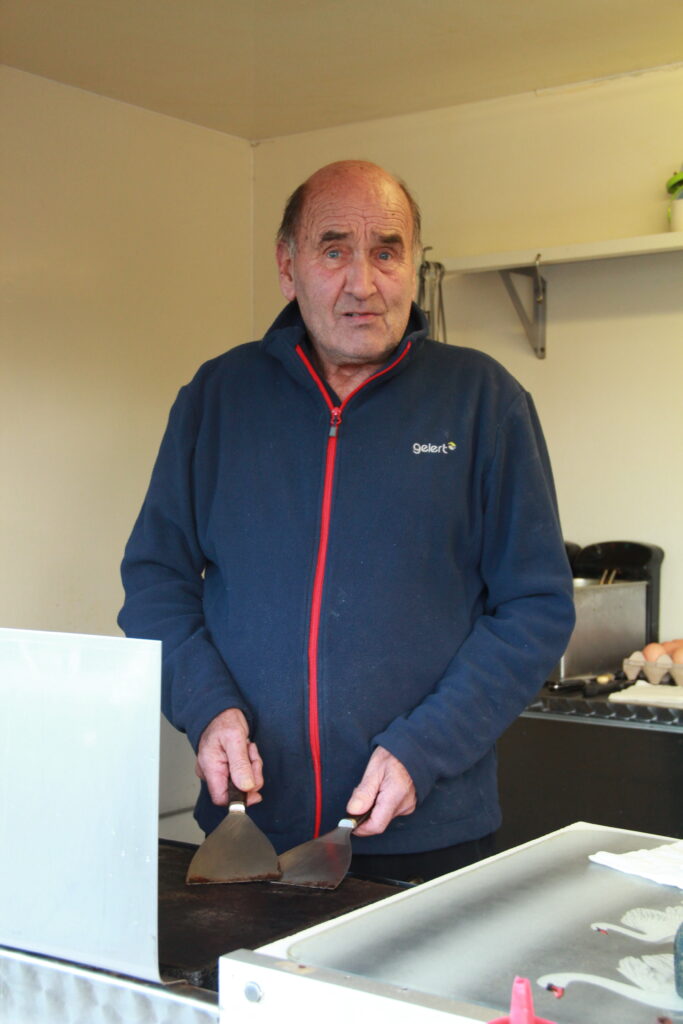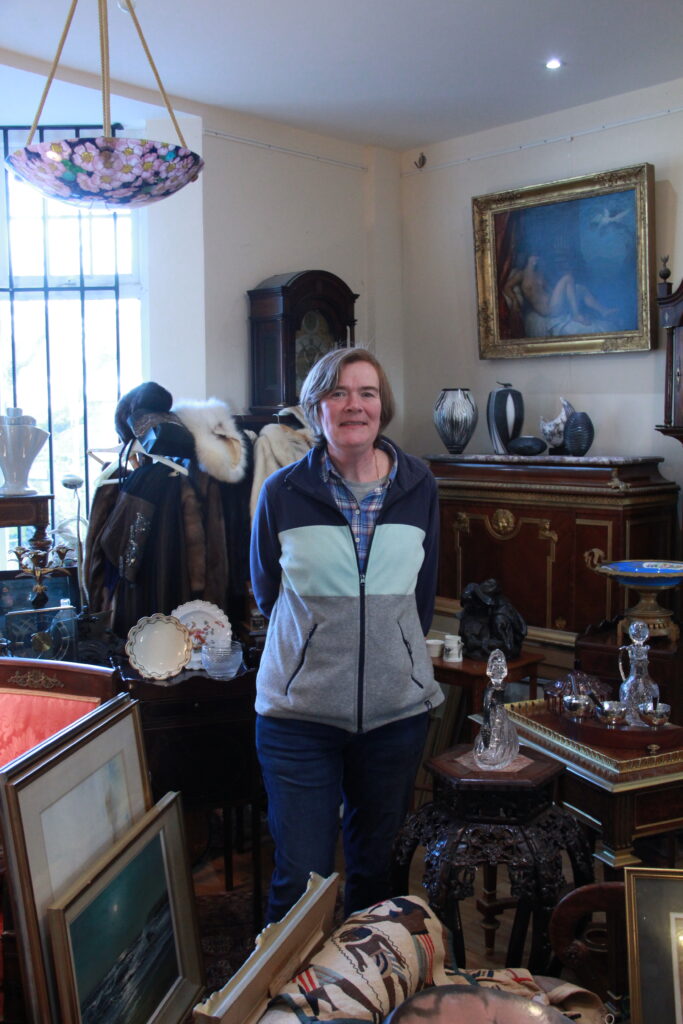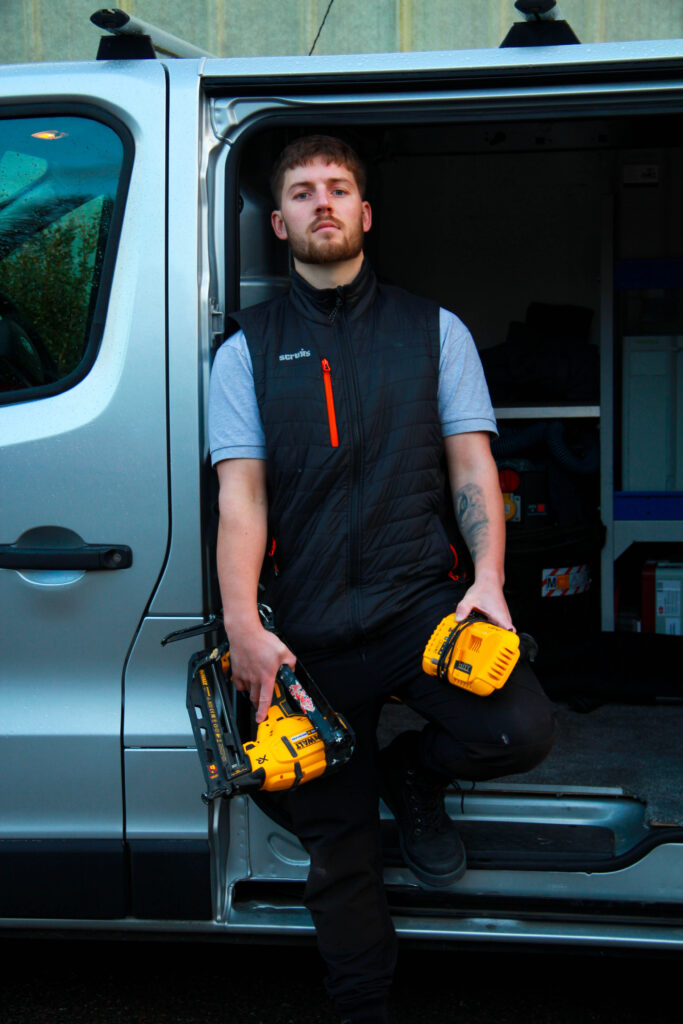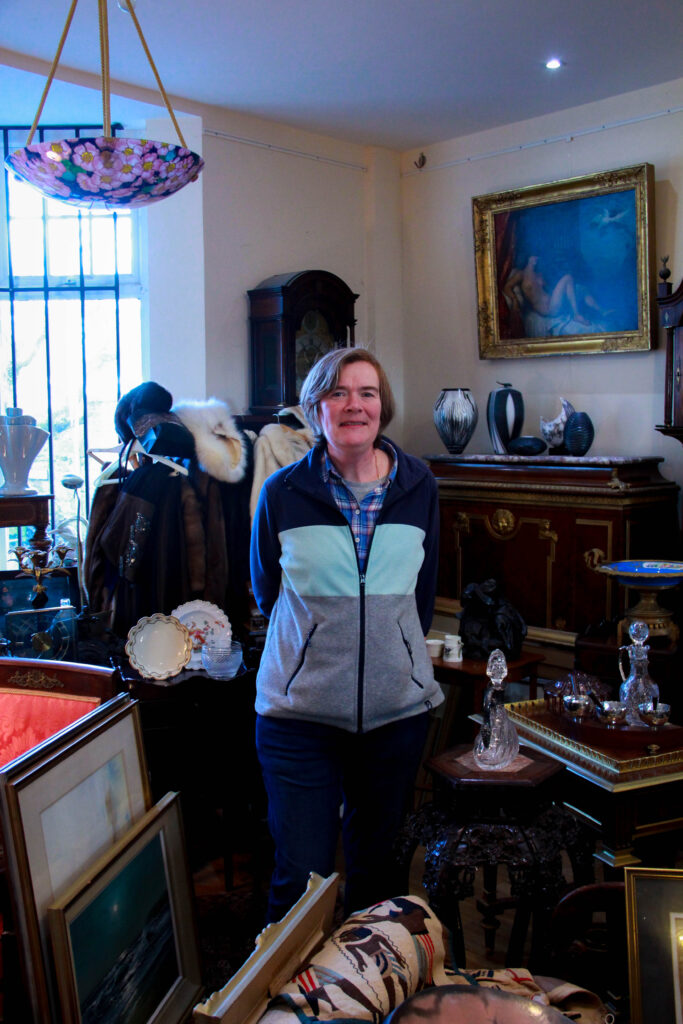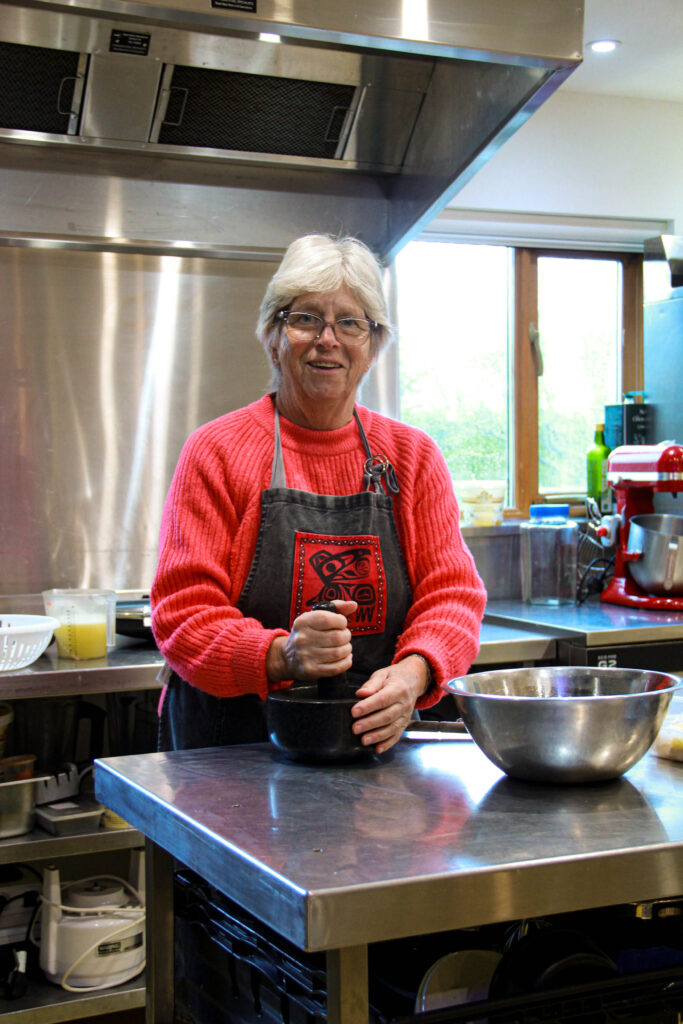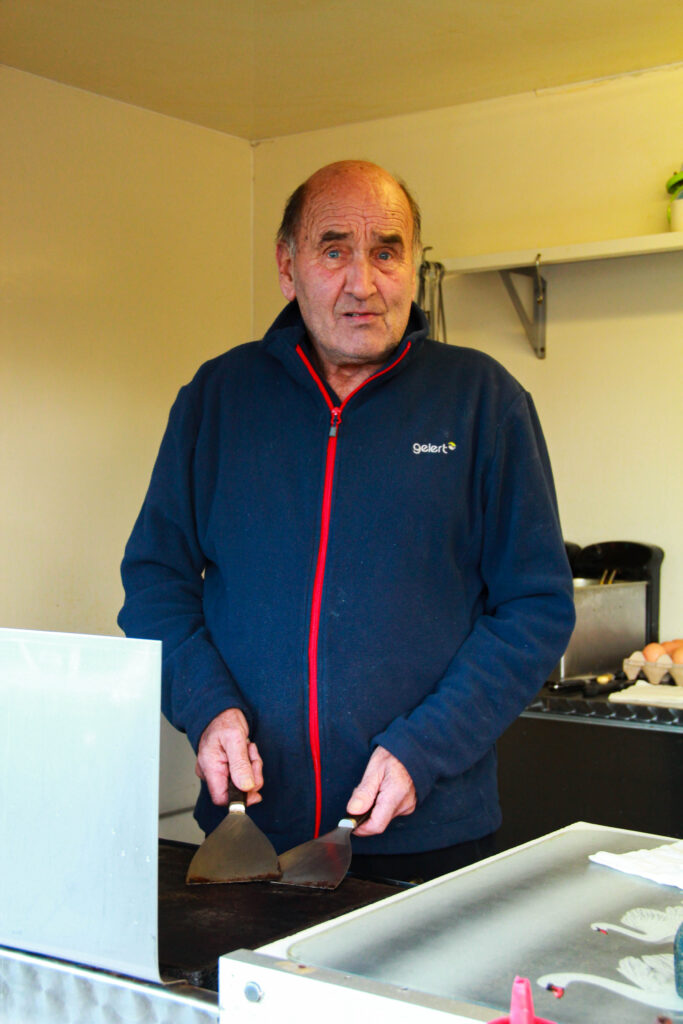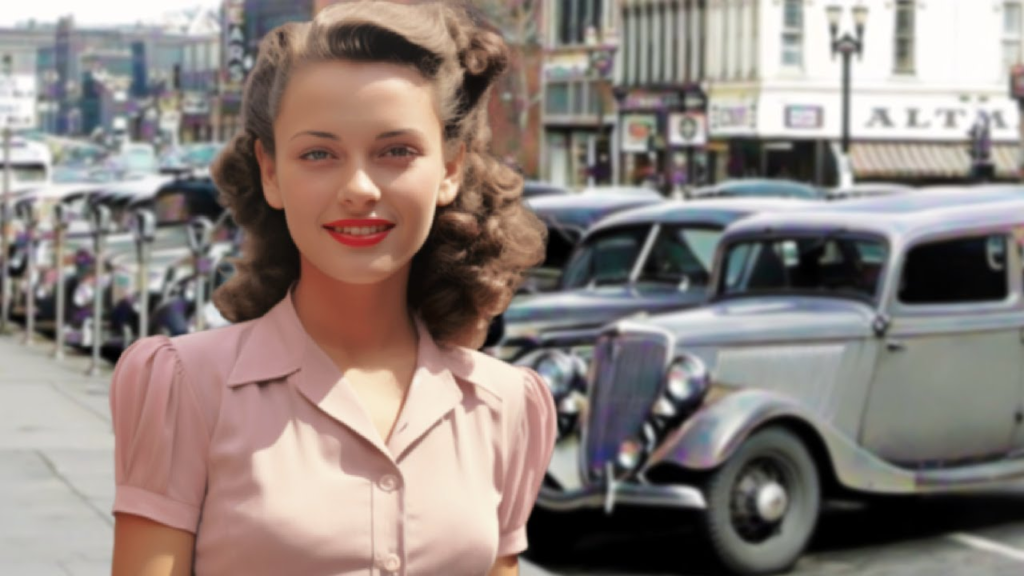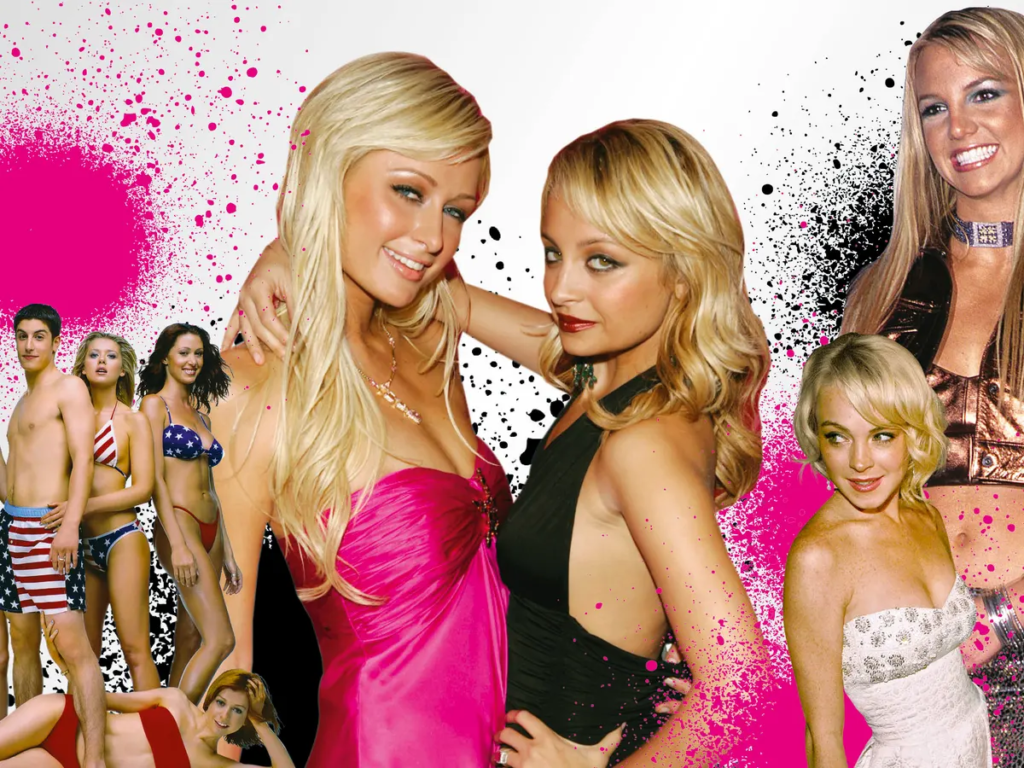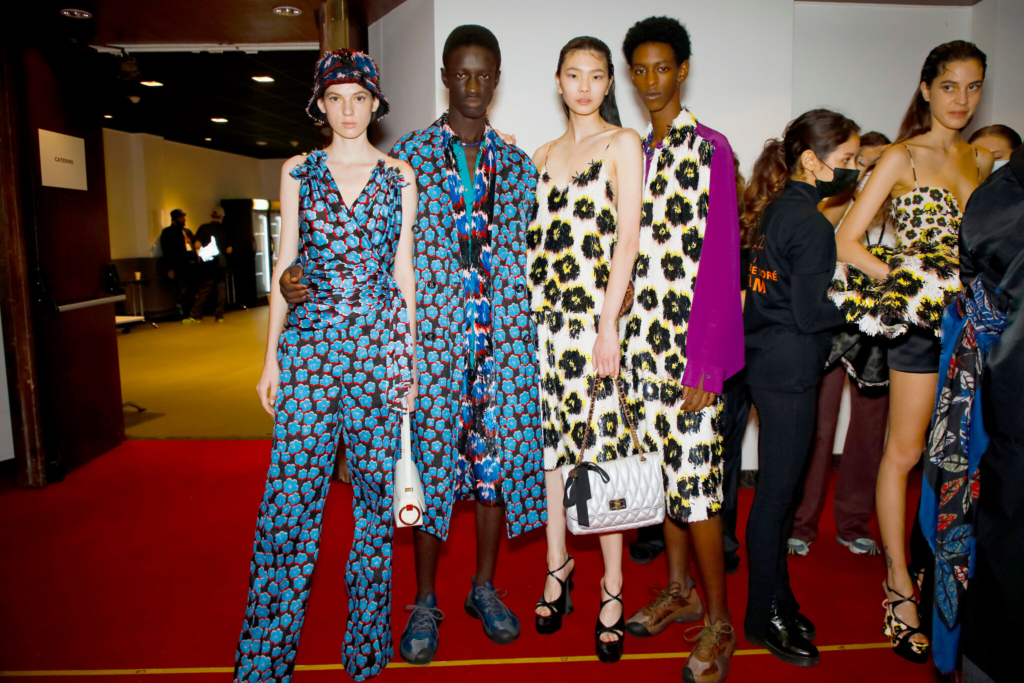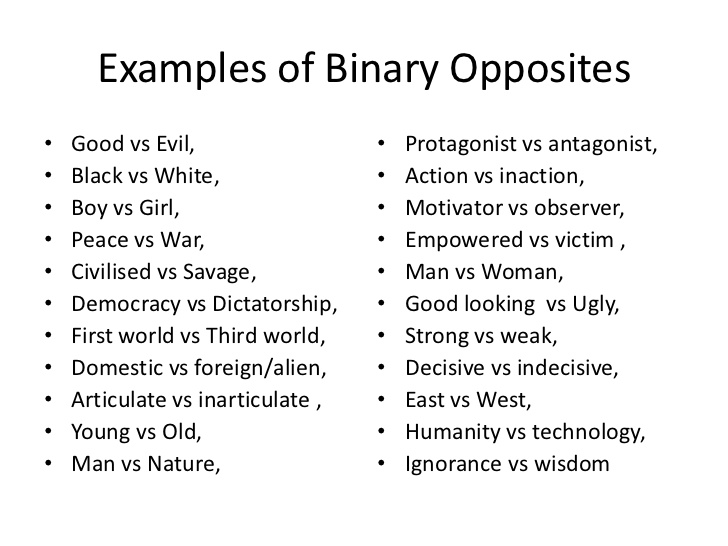In American usage, “culture war” may imply a conflict between those values considered traditionalist or conservative and those considered progressive or liberal. This usage originated in the 1920s when urban and rural American values came into closer conflict.
What is the argument against identity politics?
Many socialists have deeply criticized identity politics for its divisive nature, claiming that it forms identities that can undermine proletariat unity and the class struggle as a whole.
Eight major social identities are:
ability, age, ethnicity, gender, race, religion, sexual orientation and socioeconomic status.
Political identity is a form of social identity marking membership of certain groups that share a common struggle for a certain form of power. This can include identification with a political party, but also positions on specific political issues, nationalism, inter-ethnic relations or more abstract ideological themes.

Positive aspect
Specifically, social identify can enrich and make people stronger and healthier because it provides them with self-esteem, a sense of belonging, existential sense and a feeling of control.
What are the examples of political identities?
This can include identification with a political party, but also positions on specific political issues, nationalism, inter-ethnic relations or more abstract ideological themes. Political identities develop in individuals and evolve over time.
How does your identity impact your perspective?
Key facets of identity (like gender, social class, age, sexual orientation, race and ethnicity, religion, age and disability) play significant roles in determining how we understand and experience the world, as well as shaping the types of opportunities and challenges we face.
Tribalism
A tribe is defined as a social division in a traditional society consisting of families or communities linked by social, economic, religious, or blood ties, with a common culture and dialect, typically having a recognised leader. When we hear the word tribe, we may think of Native Americans, but in modern usage the term can also refer to people who share common ideas and allegiances. Tribalism is defined as behaviour and attitudes that stem from strong loyalty to one’s own tribe or social group. Tribalism has societal and individual benefits as well as costs.

In terms of benefits, tribalism gives us a sense of
belonging and trust.
We needed communities we could completely rely on in order to survive. Group affiliation can bring cohesion to communities and inspire individuals to act on behalf of others. Psychologically, humans find comfort and security from feeling that we are part of something bigger than ourselves.
Tribalism can have very negative consequences when it is used to exclude individuals or groups or to take away their rights, status, and independence. These negative aspects of tribalism are often fuelled by competition and the perception of a common threat. They promote fear, anxiety, and prejudice, all of which make us more aware of fake news, propaganda, and conflict.
What are the dangers of tribalism?
These negative aspects of tribalism are often fueled by competition and the perception of a common threat. They promote fear, anxiety, and prejudice, all of which make us more susceptible to fake news, propaganda, and conflict. Tribalism can take many forms in our modern society. Social pressure created cultural norms and collective tribal life might cause tribe members to fulfill their cultural obligations through corrupt actions such as favoritism and nepotism.

